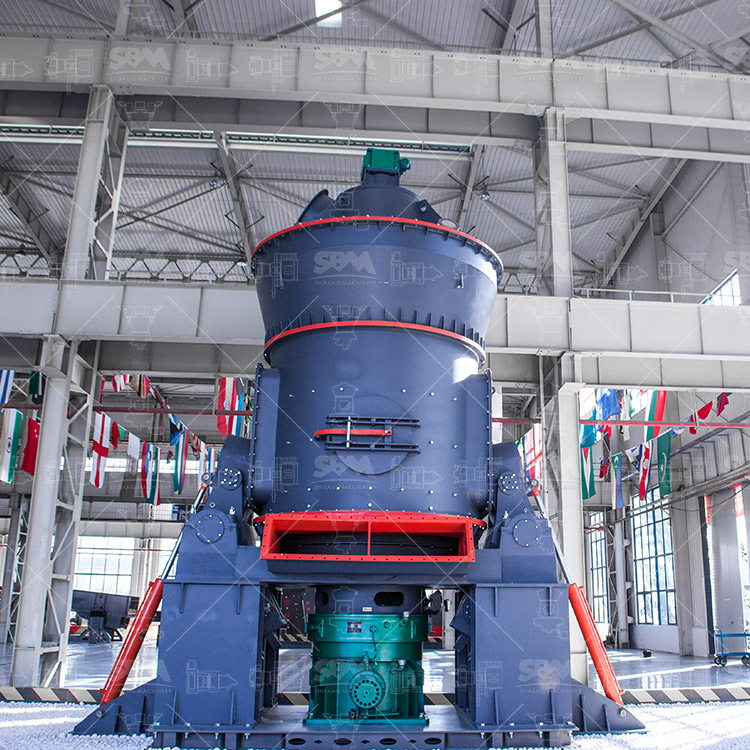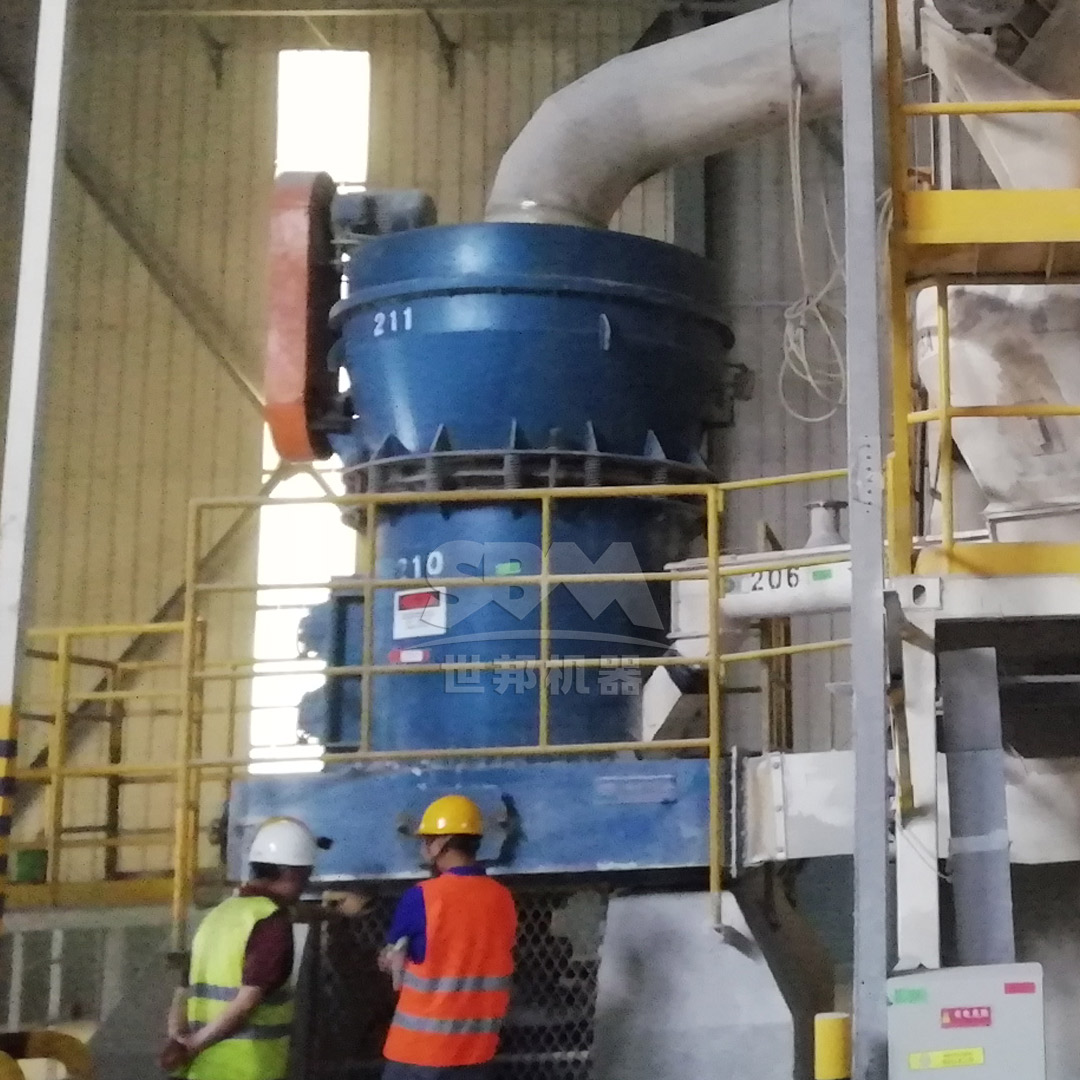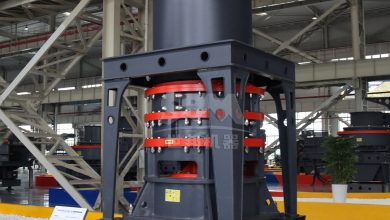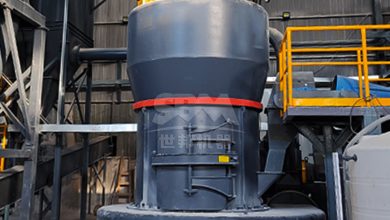Process and Equipment for Grinding Blast Furnace Slag to Produce Silicon Fertilizer
Introduction
Blast furnace slag, a byproduct of iron production, has gained significant attention as a valuable raw material for silicon fertilizer production. When properly processed through grinding, this material releases essential silicon nutrients that enhance soil quality and crop productivity. The transformation of blast furnace slag into high-quality silicon fertilizer requires specialized grinding equipment capable of achieving precise particle size distribution while maintaining operational efficiency and environmental compliance.
The grinding process plays a crucial role in determining the effectiveness of silicon fertilizer. Finely ground slag particles with specific surface area characteristics ensure optimal silicon availability to plants, while proper particle size distribution facilitates uniform application and rapid nutrient release. This comprehensive analysis explores the technical requirements, process flow, and equipment selection for efficient blast furnace slag grinding operations.

Characteristics of Blast Furnace Slag for Silicon Fertilizer Production
Chemical Composition Requirements
Effective silicon fertilizer production requires blast furnace slag with specific chemical characteristics. The material should contain sufficient amorphous silicon dioxide (typically 30-40%) along with beneficial trace elements including calcium, magnesium, and various micronutrients. The presence of heavy metals must be carefully monitored to ensure the final product meets agricultural safety standards.
The chemical reactivity of slag is directly influenced by its glass content and cooling history. Rapidly cooled granulated slag typically exhibits higher reactivity due to its amorphous structure, making it particularly suitable for silicon fertilizer applications. The grinding process must preserve this amorphous structure while achieving the necessary fineness for optimal nutrient availability.
Physical Properties and Grindability
Blast furnace slag demonstrates moderate to high grindability characteristics, with Bond Work Index values typically ranging from 14-18 kWh/t. The material’s moisture content should be controlled below 15% to ensure efficient grinding operations and prevent equipment clogging. Proper drying pre-treatment is essential when processing slag with higher moisture levels.
The abrasive nature of slag particles necessitates grinding equipment with robust wear-resistant components. The presence of hard mineral phases requires careful selection of grinding media and mill liners to maintain operational efficiency and minimize maintenance requirements.
Grinding Process Technology for Silicon Fertilizer Production
Pre-treatment and Drying
Before grinding, blast furnace slag typically requires drying to achieve optimal moisture content. Rotary dryers or vertical roller mills with integrated drying capabilities are commonly employed for this purpose. The drying process must be carefully controlled to prevent thermal degradation of the amorphous silicon compounds that contribute to the fertilizer’s effectiveness.
Crushing represents another essential pre-treatment step, reducing slag chunks to particles of appropriate size for feeding into grinding mills. Jaw crushers and hammer mills are frequently used for primary size reduction, achieving particle sizes below 50mm suitable for most grinding systems.
Grinding System Configuration
The grinding circuit for silicon fertilizer production can be configured in either open or closed circuit arrangements. Closed circuit systems with integrated classifiers offer superior control over product fineness and improved energy efficiency. The selection between these configurations depends on production requirements, product specifications, and economic considerations.
Modern grinding systems typically incorporate advanced control systems that monitor and adjust operational parameters in real-time. These systems optimize grinding efficiency, maintain consistent product quality, and minimize energy consumption through automated adjustment of feed rates, classifier speeds, and other critical parameters.

Equipment Selection for Blast Furnace Slag Grinding
Key Technical Requirements
Selecting appropriate grinding equipment for silicon fertilizer production requires careful consideration of multiple technical factors. The equipment must achieve target fineness specifications (typically 325-2500 mesh for premium products) while maintaining high throughput capacity and operational reliability. Energy efficiency represents another critical consideration, as grinding operations typically account for the majority of processing energy consumption.
Equipment durability is particularly important when processing abrasive materials like blast furnace slag. Wear-resistant components and robust construction minimize maintenance requirements and ensure consistent long-term performance. Environmental compliance, including dust control and noise reduction, must also be addressed through proper equipment selection and system design.
Vertical Roller Mills for Slag Grinding
Vertical roller mills have emerged as the preferred technology for large-scale blast furnace slag grinding operations. These systems offer significant advantages in energy efficiency, typically consuming 30-40% less energy than traditional ball mill systems. The integrated drying capability of vertical mills further enhances their suitability for slag processing applications.
Our LM Series Vertical Roller Mill represents an optimal solution for silicon fertilizer production from blast furnace slag. This advanced grinding system features integrated crushing, grinding, and classification functions within a compact footprint, reducing installation space requirements by 50% compared to conventional systems. The mill’s intelligent control system enables automatic adjustment of operational parameters, ensuring consistent product quality while minimizing manual intervention.
The LM Series demonstrates particular strength in processing blast furnace slag, with specialized models designed specifically for this application. The LM220N model, for example, processes 20-26 tons per hour while achieving specific surface area exceeding 420 m²/kg – an essential parameter for effective silicon fertilizer. The mill’s negative pressure operation ensures dust emissions remain below 20 mg/m³, while noise levels are controlled below 80 dB(A) through comprehensive acoustic engineering.
Ultrafine Grinding Systems
For premium silicon fertilizer products requiring ultrafine particle sizes, specialized grinding equipment becomes necessary. Our SCM Ultrafine Mill achieves remarkable fineness levels up to 2500 mesh (D97 ≤ 5μm), making it ideal for high-value silicon fertilizer applications where maximum nutrient availability is required.
This advanced grinding system incorporates multiple technological innovations that enhance its performance in slag processing applications. The vertical turbine classifier ensures precise particle size control, eliminating coarse particle contamination in the final product. The mill’s unique grinding chamber design, featuring bearing-free screws, enhances operational stability and reduces maintenance requirements.
The SCM Ultrafine Mill demonstrates exceptional energy efficiency, achieving throughput capacity double that of jet mills while reducing energy consumption by 30%. Intelligent control systems automatically monitor and adjust product fineness, ensuring consistent quality despite variations in feed material characteristics. Environmental performance is further enhanced through pulse dust collection systems that exceed international standards and comprehensive noise reduction measures that maintain operational noise below 75 dB.
Product Quality Control and Optimization
Particle Size Distribution Requirements
Effective silicon fertilizer requires precise control over particle size distribution to ensure optimal nutrient release characteristics. The target fineness typically ranges from 325 mesh for standard products to 2500 mesh for premium formulations. Proper classification system selection and operation are essential for achieving these specifications consistently.
Advanced particle size analysis techniques, including laser diffraction and specific surface area measurement, provide critical quality control data. Real-time monitoring systems integrated with grinding equipment control loops enable automatic adjustment of operational parameters to maintain product specifications within narrow tolerances.
Chemical Stability and Nutrient Availability
The grinding process must preserve the chemical characteristics that make blast furnace slag an effective silicon source. Excessive heat generation during grinding can cause crystallization of amorphous silicon compounds, reducing their agricultural effectiveness. Proper mill selection and operational control prevent this thermal degradation while achieving target fineness.
Product consistency represents another critical quality parameter. Variations in chemical composition or physical characteristics can significantly impact fertilizer performance. Comprehensive quality control systems, including regular chemical analysis and physical testing, ensure consistent product quality that meets customer expectations and regulatory requirements.
![]()
Economic and Environmental Considerations
Operational Cost Analysis
The economic viability of silicon fertilizer production from blast furnace slag depends significantly on grinding operational costs. Energy consumption typically represents the largest operational expense, making equipment selection based on energy efficiency critically important. Modern vertical roller mills and ultrafine grinding systems offer substantial advantages in this regard, with energy savings of 30-50% compared to traditional technologies.
Maintenance costs represent another significant economic consideration. The abrasive nature of blast furnace slag accelerates wear on grinding components, necessitating regular replacement unless specially designed wear-resistant materials are employed. Our grinding equipment incorporates advanced materials technology that extends component life significantly, reducing maintenance frequency and associated costs.
Environmental Compliance and Sustainability
Silicon fertilizer production from blast furnace slag represents an excellent example of industrial symbiosis, transforming waste material into valuable agricultural inputs. The grinding process must be conducted in an environmentally responsible manner, with particular attention to dust control, noise management, and energy efficiency.
Modern grinding equipment incorporates comprehensive environmental protection features that address these concerns effectively. Advanced dust collection systems, integrated noise reduction measures, and high-efficiency operation minimize the environmental footprint of slag processing operations. These features not only ensure regulatory compliance but also contribute to sustainable development objectives through resource conservation and waste minimization.
Conclusion
The production of high-quality silicon fertilizer from blast furnace slag requires sophisticated grinding technology capable of achieving precise particle size specifications while maintaining operational efficiency and environmental compliance. Vertical roller mills and specialized ultrafine grinding systems offer optimal solutions for this application, combining high throughput capacity with excellent energy efficiency and product quality control.
Equipment selection should consider the specific requirements of silicon fertilizer production, including target fineness, production capacity, and product quality parameters. Our comprehensive range of grinding equipment, including the LM Series Vertical Roller Mill and SCM Ultrafine Mill, provides effective solutions for operations of all scales, from pilot plants to large-scale industrial production facilities.
As agricultural demand for silicon fertilizers continues to grow, efficient processing of blast furnace slag represents a significant opportunity for both economic development and environmental sustainability. Advanced grinding technology plays a crucial role in realizing this potential, transforming industrial byproducts into valuable agricultural inputs that enhance soil health and crop productivity.




